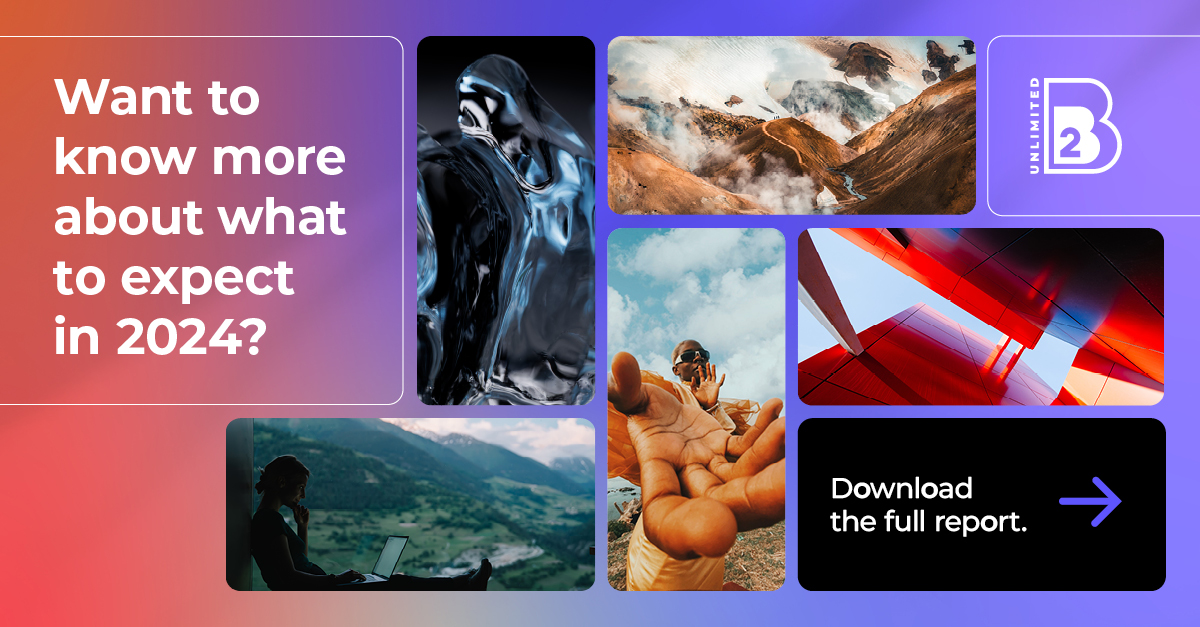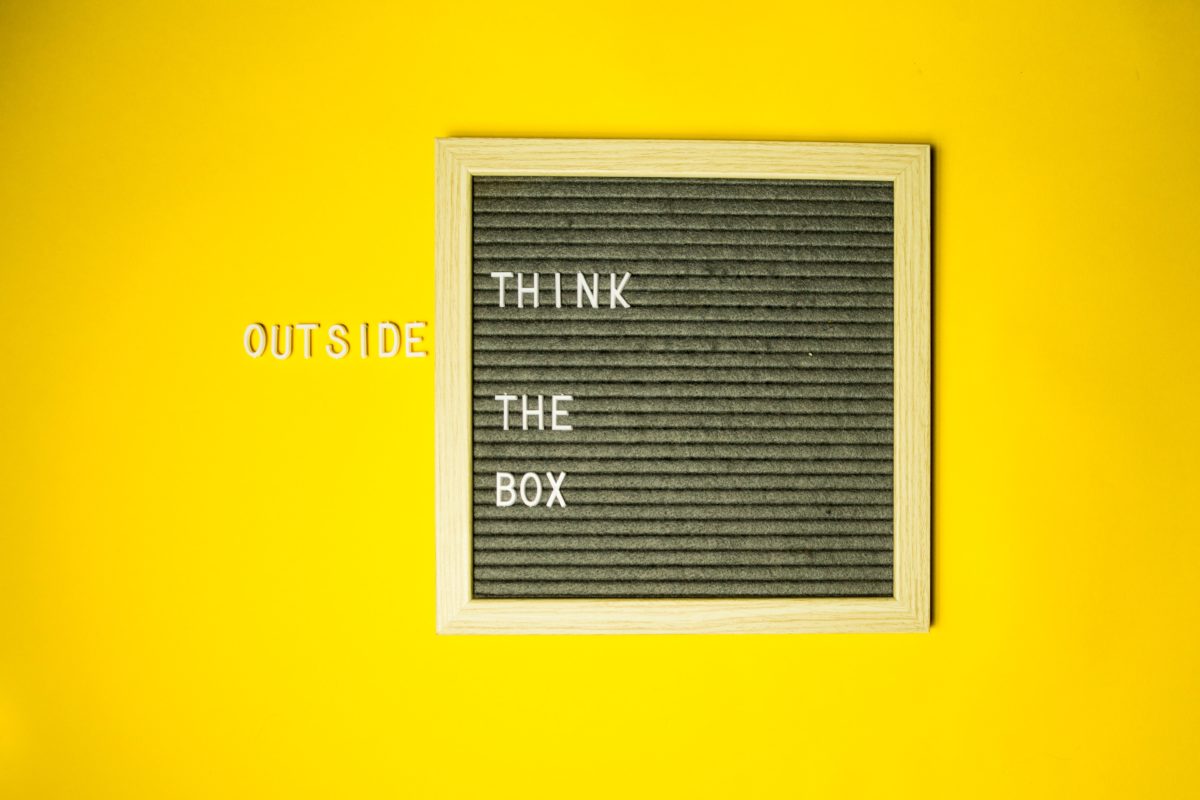2023 was a year defined by economic uncertainty, ChatGPT and the iconic Barbenheimer.
That was in no small part due to the efforts of marketers. They jumped on the hype in a way we haven’t seen before – I mean, a real life Barbie Dream House – wow?!
But even as marketers look to 2024, the ripple effect of these trends is far from over. The rapid evolution of Generative AI coupled with economic and geopolitical instability will shape the year ahead, as we’ve outlined in our 2024 Trends Report.
For marketers, it means an ever-changing landscape – one that’s becoming increasingly hard to plan for over the long term, and here’s why…
Gen AI is transforming the internet
Since the stratospheric rise of ChatGPT at the back end of 2022, which saw it reach 100 million users just two months after launch, businesses have been dedicated to testing the capabilities of this technology, resulting in a surge of ‘synthetic content’ in 2023.
(Synthetic content is anything that is either partially or completely created by AI.)
As we move on from the test phase, we’ll see Generative AI embedded into business solutions en masse. It won’t be long before Microsoft’s CoPilot technology transforms how we all use Office tools, enabling the creation of synthetic content at unprecedented speeds by users of all stripes. In fact, Nina Shick, author of Deep Fakes and the Infocalypse predicts that by 2025, 90% of online content will be created using AI.
But, the unification of AI in search will shape how we navigate the web as much as what we see. It’s no longer a transactional relationship, but a hyper-personalised experience serving web users with carefully cultivated responses.
Brands and consumers are clashing
The last couple of years have been financially challenging for businesses. Economic headwinds and inflation have stunted growth, forcing brands to deprioritise the customer.
Despite nearly a decade of customer-first strategies, the tides are turning. Shrinkflation, skimpflation and worsening product quality mean customers are seeing diminishing value from businesses. And unfortunately, it’s not going down well: 48% of the global public find ‘shrinkflation’ unacceptable.
The fact is, as value is being eroded, customer loyalty is dwindling.
One area we’ve seen this is social media. Across platforms there is a familiar pattern, according to journalist Cory Doctorow: “First, they are good to their users; then they abuse their users to make things better for their business customers; finally, they abuse those business customers to claw back all the value for themselves.”
For more trends – download the full report
What does this mean for brands?
- It’s going to be even more challenging to get your messages heard by the right audiences. As the web becomes crowded with synthetic content and consumers become savvy with AI-enabled search, it will be harder for customers to organically find you
- The ability to spin up content in real time, means we will enter an era of hyper relevance. Marketers will have to be more reactive than ever before, but must be mindful of staying true to their brand
- AI has created a trust paradox. While the uptake has been huge, 52% of people are nervous about AI-based products and services. It will be increasingly difficult to understand what’s real and what’s synthetic and which sources they can trust. Generating trust will be increasingly important
- Customers won’t remain loyal when they feel they are losing out, so be mindful of strategies designed to pull back budget as they may well have the opposite effect
What can businesses do to plan for the future?
Invest in building your brand. As economic uncertainty persists and technology is set to transform the web as we know it, having a strong brand is key to solving these challenges.
Building a strong brand creates additional value outside of your product and service offering – we see this all the time in the consumer world with high-end fashion brands, but the same applies for B2B. Having a good reputation puts your likelihood of weathering the technology storm a cut above the rest.
It’s also essential in building trust with clients and cutting through in a crowded landscape. Consider the effect on a brand like Google. As one of the established names synonymous with innovation and cutting-edge technology, it is more likely to win the trust of any business or client wanting to transform with AI.
In short, when misinformation and disinformation are rife, customers will lean towards the brands they know. And in 2024, this is particularly true, as the pool of individuals involved in making a purchase decision internally has expanded. You aren’t just marketing to direct clients, but the CFO, CEO and COO now.
Want to prepare for the year ahead? For more information on the above trends, and even more, download our 2024 Trends Report now.



